Rising Investment in Genomic Research
Investment in genomic research is a key driver for the Gene Synthesis Market. As governments and private entities allocate substantial funding towards genomics, the demand for gene synthesis services is likely to increase. Recent reports indicate that funding for genomic research has reached unprecedented levels, with billions of dollars being invested annually. This influx of capital supports various projects, including personalized medicine and genetic engineering, which rely heavily on gene synthesis technologies. The Gene Synthesis Market stands to benefit from this trend, as researchers require high-quality synthesized genes to facilitate their studies and applications.
Growing Demand for Personalized Medicine
The Gene Synthesis Market is significantly influenced by the rising demand for personalized medicine. As healthcare shifts towards more individualized treatment approaches, the need for tailored genetic solutions becomes increasingly apparent. Personalized medicine relies on understanding the genetic makeup of patients, which necessitates the synthesis of specific genes for therapeutic purposes. The market for personalized medicine is expected to expand rapidly, with projections indicating a growth rate of approximately 15% annually. This trend underscores the importance of the Gene Synthesis Market in providing the necessary tools and technologies to support the development of customized therapies.
Advancements in Gene Editing Technologies
Recent advancements in gene editing technologies, such as CRISPR and TALEN, are propelling the Gene Synthesis Market forward. These technologies require precise gene synthesis to create the necessary components for effective editing. As researchers and companies adopt these innovative methods, the demand for high-quality synthesized genes is likely to increase. The market is witnessing a shift towards more efficient and cost-effective gene synthesis solutions, which are essential for the successful application of gene editing techniques. This trend indicates a robust growth trajectory for the Gene Synthesis Market as it adapts to the evolving needs of the scientific community.
Increasing Applications in Synthetic Biology
The Gene Synthesis Market is experiencing a surge in demand due to the expanding applications in synthetic biology. This field encompasses a variety of sectors, including agriculture, pharmaceuticals, and biofuels. As researchers and companies seek to engineer organisms for specific purposes, the need for precise gene synthesis becomes paramount. The market is projected to grow significantly, with estimates suggesting a compound annual growth rate of over 20% in the coming years. This growth is driven by the increasing focus on developing sustainable solutions and innovative products that can address global challenges. Consequently, the Gene Synthesis Market is poised to play a crucial role in advancing synthetic biology initiatives.
Expansion of Biotechnology and Pharmaceutical Industries
The expansion of the biotechnology and pharmaceutical industries is a significant driver for the Gene Synthesis Market. As these sectors continue to grow, the demand for gene synthesis services is expected to rise correspondingly. The biotechnology industry alone has seen substantial growth, with revenues projected to reach hundreds of billions in the next few years. This growth is fueled by the increasing need for novel therapeutics, vaccines, and diagnostic tools, all of which rely on gene synthesis technologies. Consequently, the Gene Synthesis Market is well-positioned to capitalize on the burgeoning opportunities presented by these expanding industries.


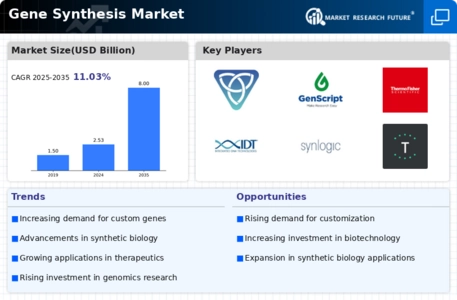
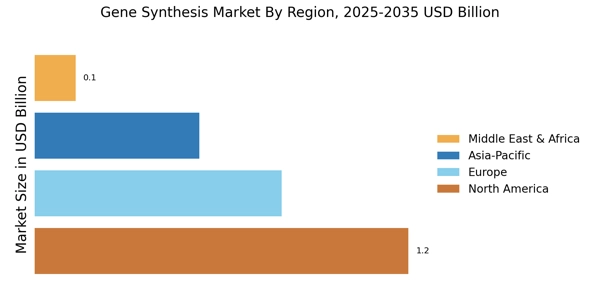
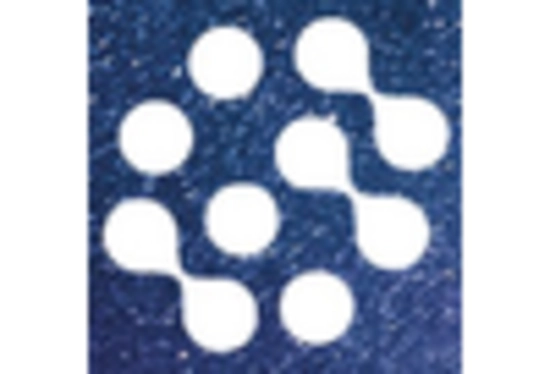


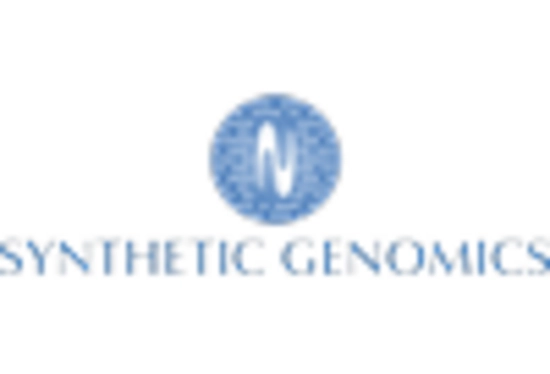

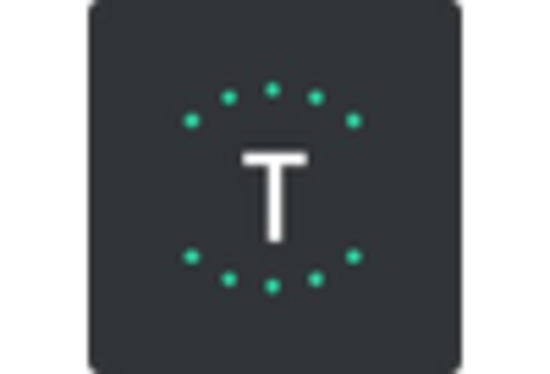








Leave a Comment